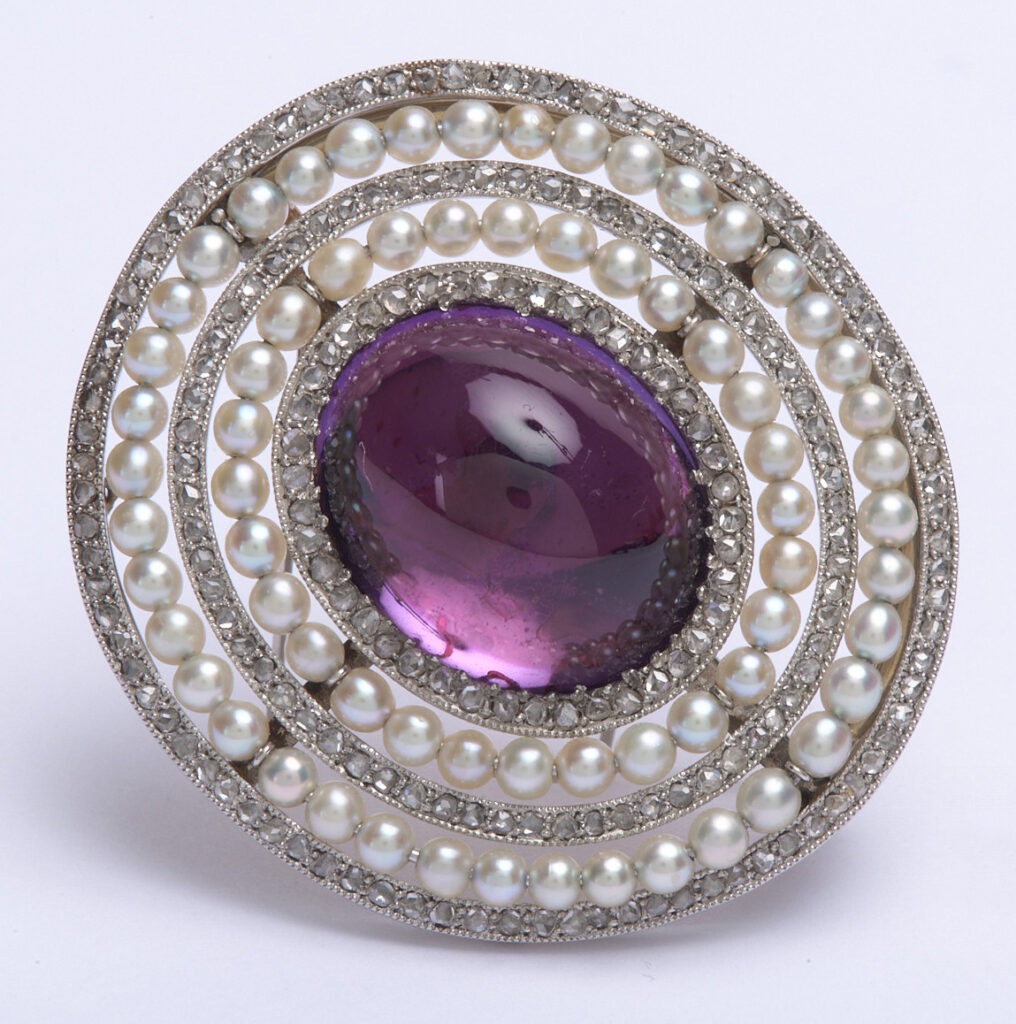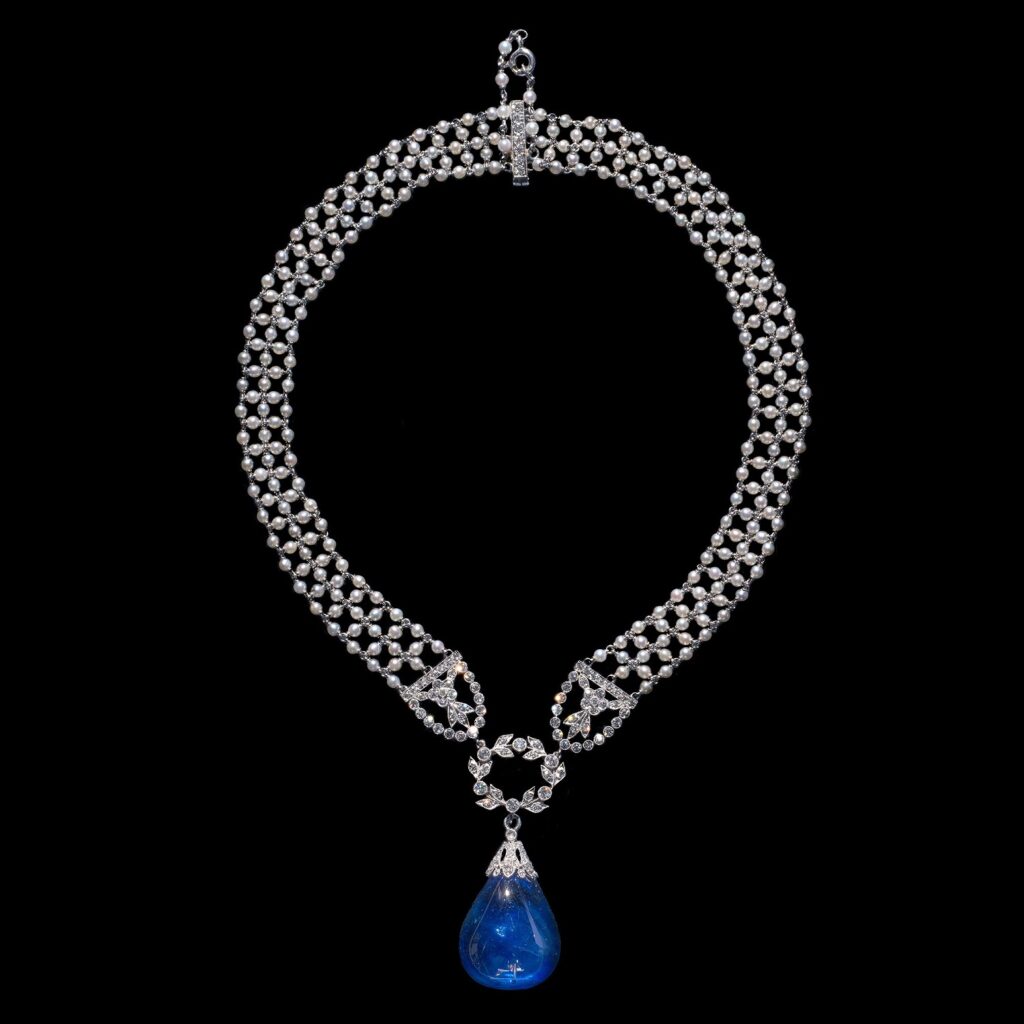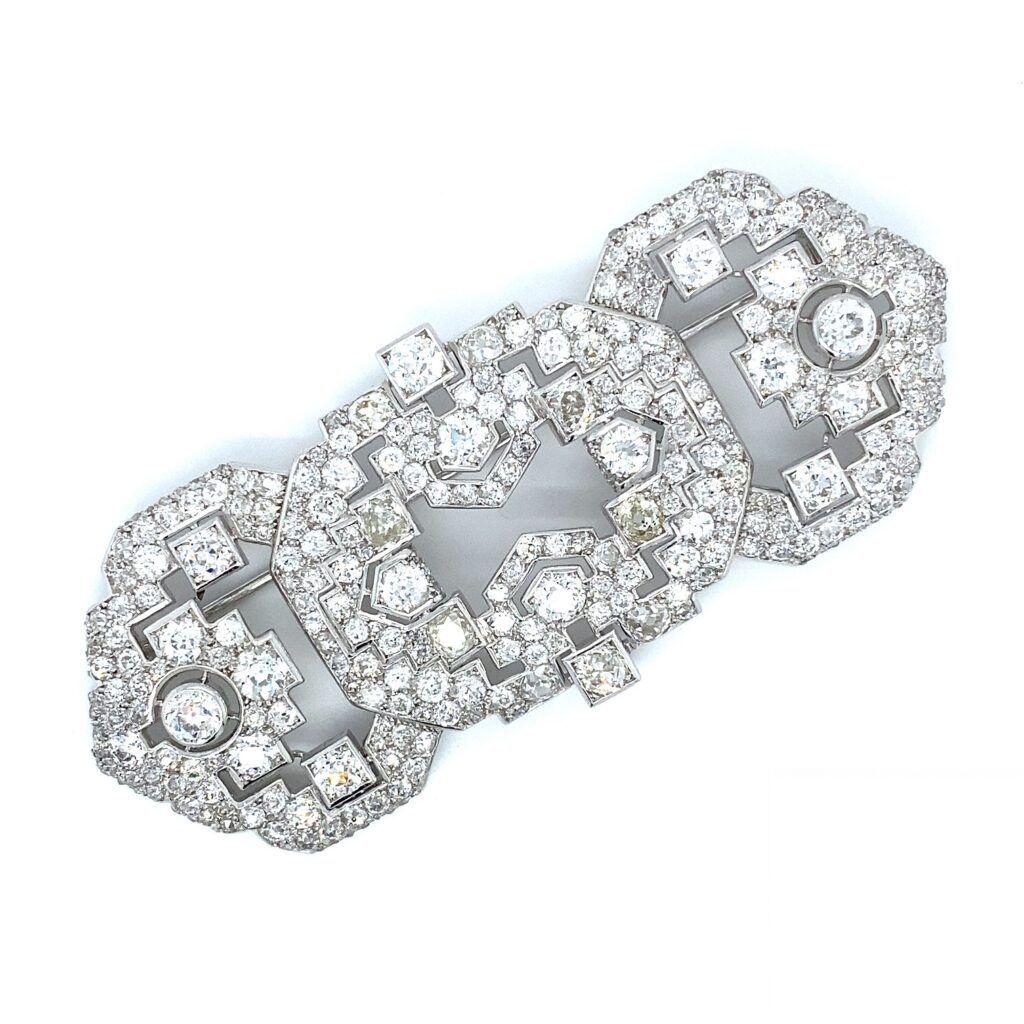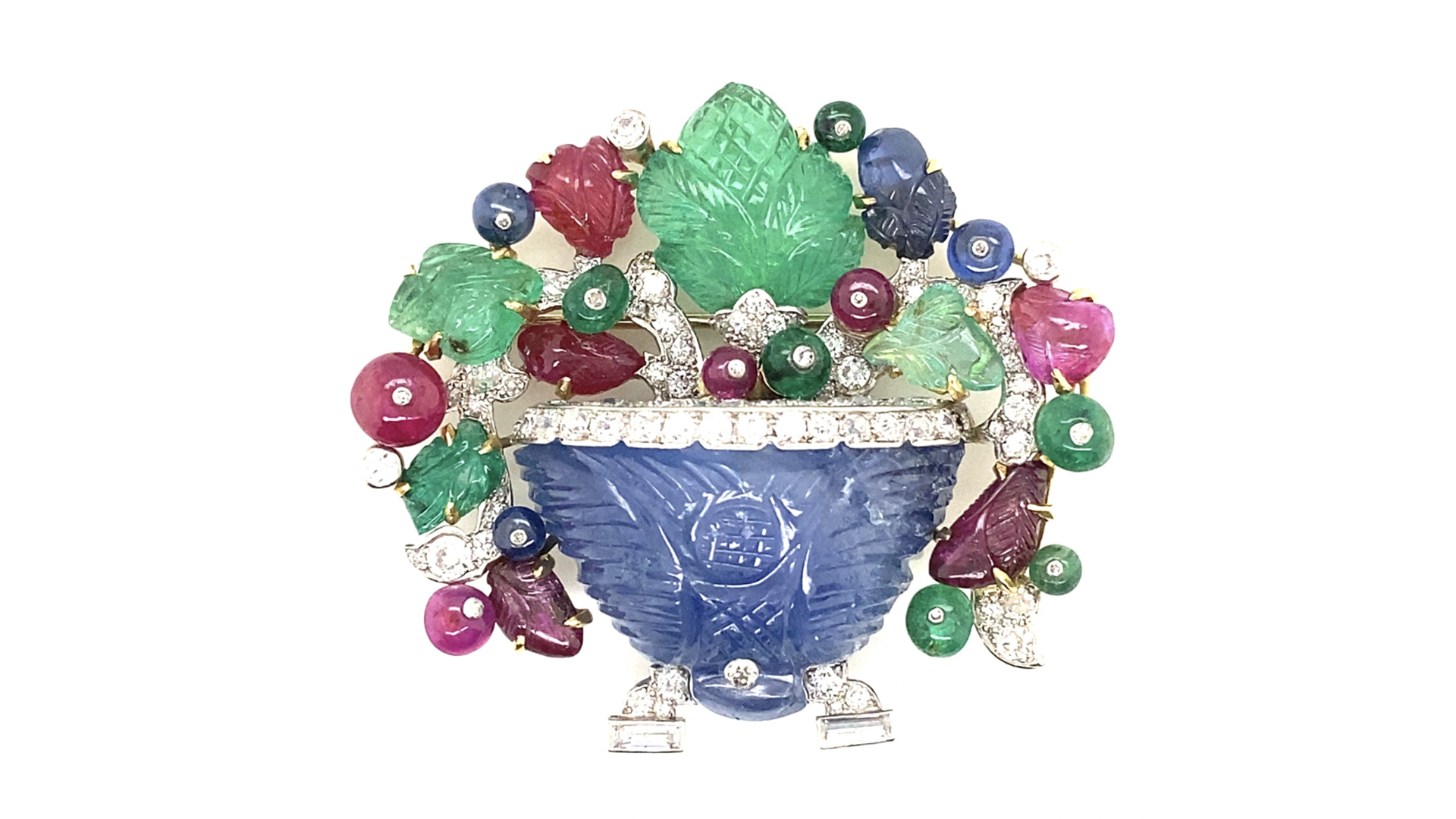Perhaps one of the most famous names in jewelry, Cartier had rather humble beginnings during a very turbulent time in French history, which almost ruined the firm, yet eventually set it on the course to fame and fortune.
The story starts in Paris in 1847, when Louis-Francois Cartier bought the watchmakers store where he had apprenticed for a number of years. He had ambitions to make the store into something bigger and better and purchased the best jewelry he could afford to buy to showcase in his store. However, it was a turbulent time in France and trouble was on the streets. After a severe economic downturn in France triggered the French Revolution, King Louis Phillipe abdicated the throne in 1848. Napoleon III took over first setting himself up as President and then declaring himself Emperor and officially establishing the Second Empire in 1852. Needless to say it was a tough time for Cartier and anyone else in the jewelry or luxury business. The store managed to survive the crisis and was on an upward growth trajectory from there, even though it was slow growth. Louis-Francois’ son, Alfred, joined the firm during this challenging time.

Business was going along quite nicely for the company and by 1856 Cartier was selling to Princess Mathilde, second cousin of Napoleon III, and soon after Empress Eugenie, wife of Napoleon III, became a client. Those two clients drew all the right attention to Cartier. Other royals, wealthy bankers and industrialists began to frequent the store. At the time, as was customary, Cartier did not yet design and fabricate jewelry. They purchased from other makers, but only the very best jewels they could find for their store.
In 1870 there was another revolution in Paris (the Paris Commune) that caused the ruling class and other elites to flee for their lives. Unable to access their bank accounts, many of the blue bloods sold their jewels to raise cash to leave town. Alfred Cartier took full advantage of the situation buying spectacular jewelry from desperate aristocrats at rock bottom prices. When all was said and done he had an outstanding collection of jewelry for sale. The revolution didn’t last long and soon it was back to business.
Cartier and Fashion

By 1899 business was going so well that Alfred decided to move the store to Rue de la Paix a prominent area for fashion houses including the highly regarded House of Worth. Alfred had three sons, Louis, Pierre and Jacques. It was around this time that Louis joined the firm and around the same time that Cartier began to design and manufacture jewelry. It was the beginning of the Edwardian era and platinum was becoming a choice metal for high-end jewelry. Cartier took advantage of the new technology that made it possible to fabricate platinum into jewelry and began creating diamond pieces in platinum settings – especially in garland styles. It was a motif that was very airy and kept the jewelry light enough to wear easily while also capturing the white-on-white style that became increasingly popular in the first decade of the twentieth century.
The firm expanded in the first years of the 1900s with Alfred’s youngest son Jacques setting up a workshop in London. Cartier was a favorite of England’s King Edward VII who proclaimed that Cartier was “The jeweler of Kings and the King of jewelers.” In 1904 the company was honored with the first of fifteen royal warrants appointing the firm the official purveyor to the court of King Edward VII.
Cartier in New York
In 1909 the decision was made to establish a presence in New York. Pierre headed up the venture with Louis. One of the big challenges in New York was finding a space for the business to operate. But once again, luck coupled with a strong business acumen brought Cartier to exactly the right place.
One of Cartier’s clients was industrialist Morton Plant and his wife. The couple had a beaux-arts style mansion at 653 Fifth Avenue, a perfect location for Cartier to set up shop. Mrs. Plant was enamored with a double strand natural pearl necklace. So Pierre made a deal – the pearls, valued at the time at $1 million, plus $100 in cash in exchange for the mansion. To this day Cartier is still housed at that address in New York City.
Cartier and Art Deco
In addition to being innovative jewelers with exacting quality standards, the brothers traveled the world purchasing extraordinary gems, gaining new clients and finding design inspiration from far-away lands. It was the Art Deco movement that really put Cartier on the map as a premier design house.
There were many cultural touchstones at the time that provided inspiration to the firm: Asian and Islamic art, Cubism and Ballets Russes. One of the most important influences was the discovery of Tutankhamen’s tomb in 1922. It sparked a huge interest in Egypt and Egyptology and there was a major Franco-Egyptian exhibition at the Louvre. Cartier was in tune with the trend creating pieces with scarab motifs and lotus blossoms.

Moving beyond Egyptian motifs, Cartier masterfully designed pieces with diamonds and onyx tapping into the black and white trend that was so popular in the 1920s. They also used bold colors in their designs, blending coral, jade and lapis lazuli with diamonds. It was ground breaking at the time.
It was the 1925 Paris Exposition Internationales des Arts Decoratifs et Industrials Modernes that really launched Cartier into the spotlight. Interestingly, the firm chose to exhibit with fashion houses rather than with other jewelers, establishing a connection between jewelry and fashion.
One of Cartier’s most iconic design innovations came about during the 1920s: Tutti Frutti, an exuberant mix of carved emeralds, rubies and sapphires accented with diamonds, first fabricated in 1923. Emeralds were of particular note in this style of jewelry. Many were brought to the design house by Mahrajahs from India. Their emeralds had been imported into India from Colombia since the end of the 1600s. The gems were carved in India by artisans who drew upon the flowers depicted in Islamic art for their carvings. Cartier added to the emeralds with carved ruby and sapphire leaves making up a “fruit salad”.
Cartier continued its expansion and design innovation in the following decades, with the family in control of the business until the early 1970s. Cartier is currently owned by Compagnie Financière Richemont and continues to produce iconic designs based on its archives as well as new innovations.
Featured image (top of page): Carved emerald, sapphire and ruby Tutti Frutti brooch accented with diamonds, signed Cartier, courtesy Palais Royal Collection (@palaisroyaljewels).
Authored by Amber Michelle
Jewelry in this article is available for sale on Jewelers Circle Pro.
